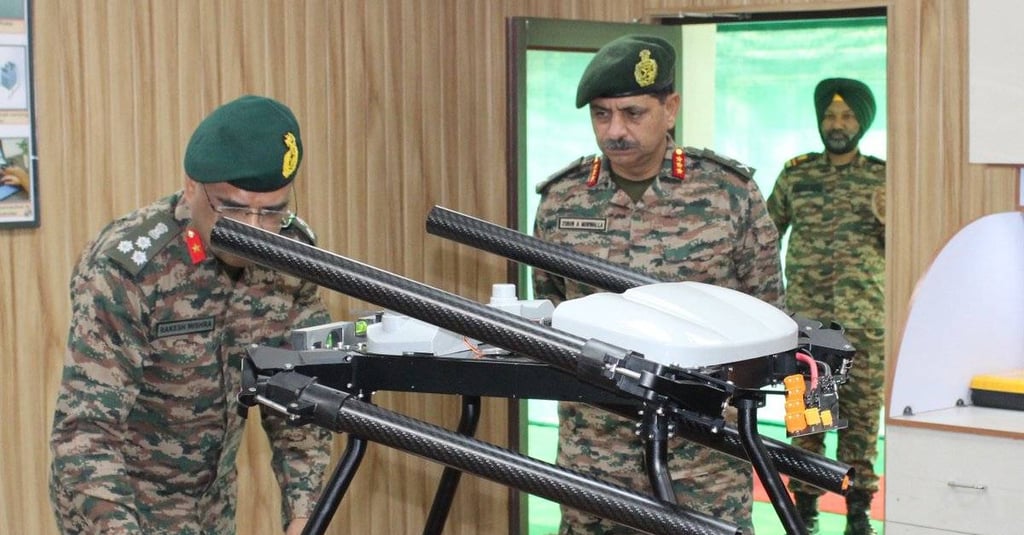Army tests new war tactics with manned-unmanned teaming at Ex Sarvshakti exercise
Ex Sarvshakti has been designed to simulate real battlefield conditions in the Eastern sector, especially considering the difficult terrain and strategic importance of regions like Sikkim and North Bengal.
LOCAL


The Indian Army successfully validated Manned-Unmanned Teaming (MUM-T) at the tactical level during the ongoing Exercise Sarvshakti (Ex Sarvshakti). The exercise is being held under the command of the Eastern Command’s Trishakti Corps, showcasing how frontline soldiers and advanced unmanned systems can work together to achieve mission success.
The MUM-T concept focuses on combining the strength of soldiers on the ground with unmanned aerial systems, like drones, to improve battlefield awareness, precision, and coordination. This marks a significant step towards using next-generation technology in real combat situations.
Officials said the validation proves that Indian forces are ready to operate in multi-domain battle environments, where land, air, and cyber warfare overlap. This is part of the military’s goal to be future-ready and mission-focused, as India continues its journey through a decade of transformation in defence preparedness.
“Team Human and Team Machine have come together with one mission — success,” said an official statement released during the exercise. The demonstration of MUM-T not only helps in gaining tactical advantage but also reduces risk to human life in high-threat zones.
The exercise saw close cooperation among various arms of the Indian defence system, including the Indian Air Force, Indian Navy, Headquarters Integrated Defence Staff (IDS), and support from state and central agencies such as the Government of Sikkim, Governor of Sikkim, Bengal Governor, and regional defence public relations offices like PRO Defence Guwahati and PIB Gangtok.
Ex Sarvshakti has been designed to simulate real battlefield conditions in the Eastern sector, especially considering the difficult terrain and strategic importance of regions like Sikkim and North Bengal. Troops carried out joint drills with drones conducting surveillance, target marking, and battlefield mapping while ground forces coordinated movements based on real-time data shared by unmanned systems.
